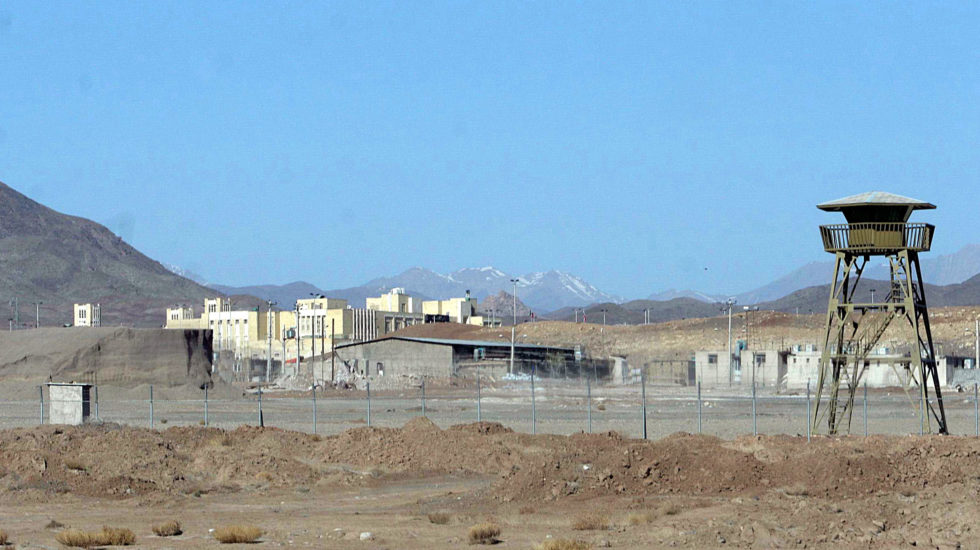Iran has nearly tripled its stockpile of enriched uranium since last November, reports the UN’s nuclear watchdog agency.
It’s the first major increase detected by inspectors from the International Astomic Energy Agency (IAEA) since President Trump pulled the U.S. out of the international deal to restrict Tehran’s path toward building nuclear weapons in 2018.
In Tuesday’s report, inspectors “confirmed that Iran now possesses more than 1,020 kilograms of low-enriched uranium — up from 372 kilograms in the fall,” says the Washington Post. “The additions to the stockpile theoretically could allow Iran to build a nuclear weapon more quickly if it decided to do so.”
The 1,020 kilograms is more than a ton, and nearly enough to begin building a bomb. The Iranian theocracy insists it does not intend to do so — even though the IAEA report also says Tehran has increased its uranium-enrichment capacity by building or acquiring more centrifuge machines.
“According to the Washington-based Arms Control Association, Iran would need roughly 1,050 kilograms of low-enriched uranium — under 5% purity — and would then need to enrich it further to weapons-grade, or more than 90% purity, for a weapon,” the Associated Press reports.
The nuclear deal that Iran signed in 2015 with the U.S. Germany, France, Britain, China and Russia, known as the Joint Comprehensive Plan of Action, allowed Tehran to have less than 203 kilograms of enriched uranium.
But since Trump withdrew from the Obama-era agreement two years ago, branding it “the worst deal ever,” Iran “has been slowly violating the deal’s restrictions,” the AP says. The new report suggests the violations are no longer going so slowly.
In addition, it’s possible, even probable, that Iran has an even greater stockpile of nuclear material held in secret.
In a second report on Tuesday, the IAEA said it has identified three locations in Iran where undeclared material may be stored. It said it has questioned Tehran officials about this repeatedly in letters, but received no answers.



